The data released on the National Packaging Waste Database yesterday (July 22) shows 63,544 tonnes of recovery was accepted or exported against the 137,236 tonnes that was perceived to be needed between April and June 2015.
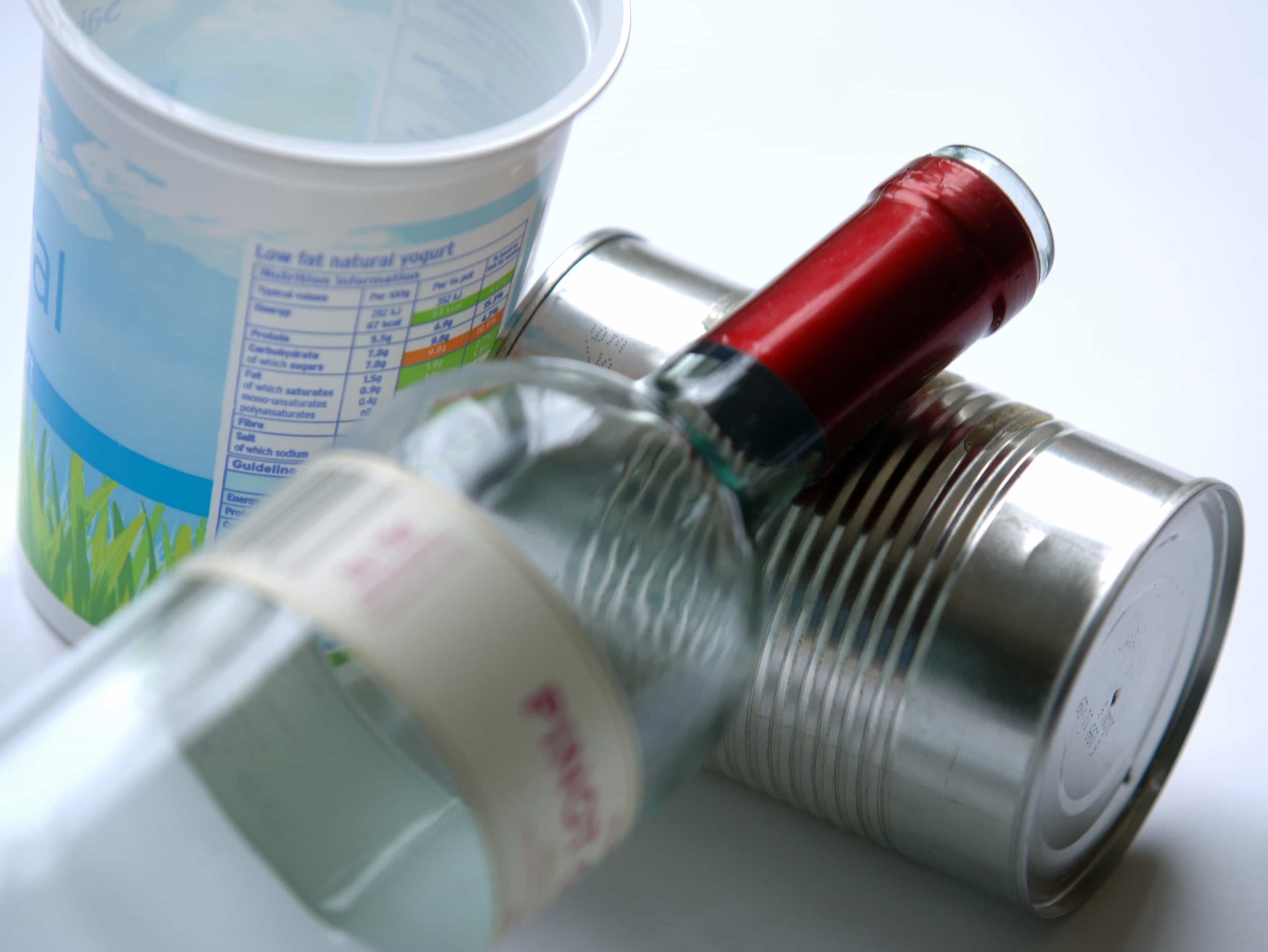
And, 12,334 tonnes of aluminium was accepted or exported against a target of over 17,000 tonnes – which has led to claims from some corners of the industry that the accreditation process should be made simpler for reprocessors of the metal (see letsrecycle.com story).
Plastics
Elsewhere, plastics fared better – with 212,021 tonnes accepted or exported against a perceived quarterly target of around 207,000 tonnes. The material had a strong start to the year, with a carry over of more than 65,000 tonnes from 2014. But the failure of plastics to meet its quarterly target for Q1 had led to some market uncertainty.
The average performance so far this year could impact the government’s decision on whether to amend the recycling target for plastics in 2016 (see letsrecycle.com story).
Glass meanwhile continued to perform as expected with 373,194 tonnes of glass remelt and glass other accepted or exported against a perceived target of an estimated 361,000 tonnes.
Work
Commenting on the figures, Chris Taylor of Clarity Environmental said: “It’s not really unexpected, but the really horrible number is the aluminium and we have a lot of work to do if we are going to do hit the targets by the end of the year.
“The atrocious recovery figure probably means the price will rise to the same level as paper, and maybe push paper up a little bit.”
Others suggested that the plastics market had been dealt a blow by the low oil price and lack of equity in China, which has reduced imports of the material.
And, the reluctance of energy from waste plants to apply for R1 compliance is seen as meaning that there are few left in the country accredited to generate recovery PRNs.
The decline in PRNs comes as waste volumes in many parts of the country is seen to be on the increase, which will mean more municipal material will be available for recycling as well as energy recovery – meaning more PRNs could be issued. However, weak commodity prices – especially for example steel and ferrous cans – will not help.



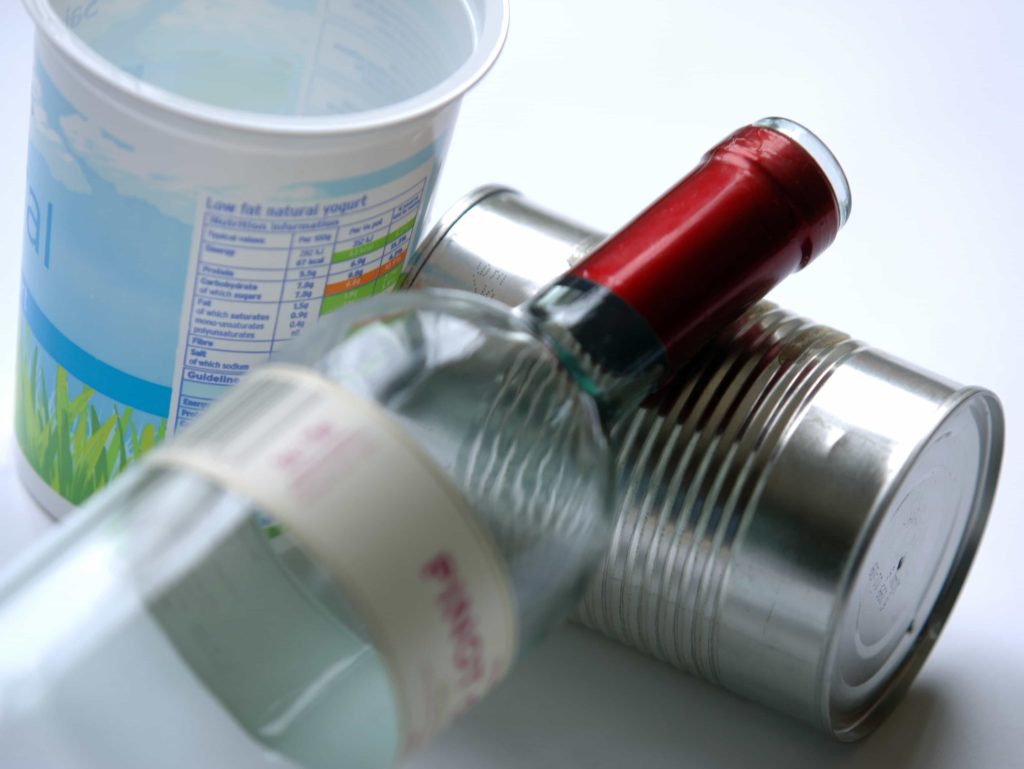
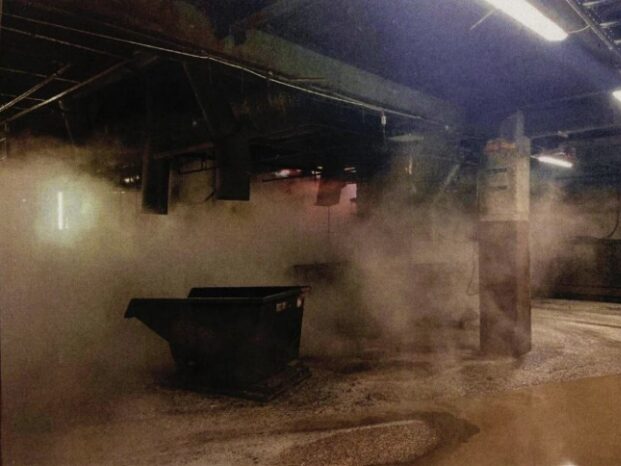
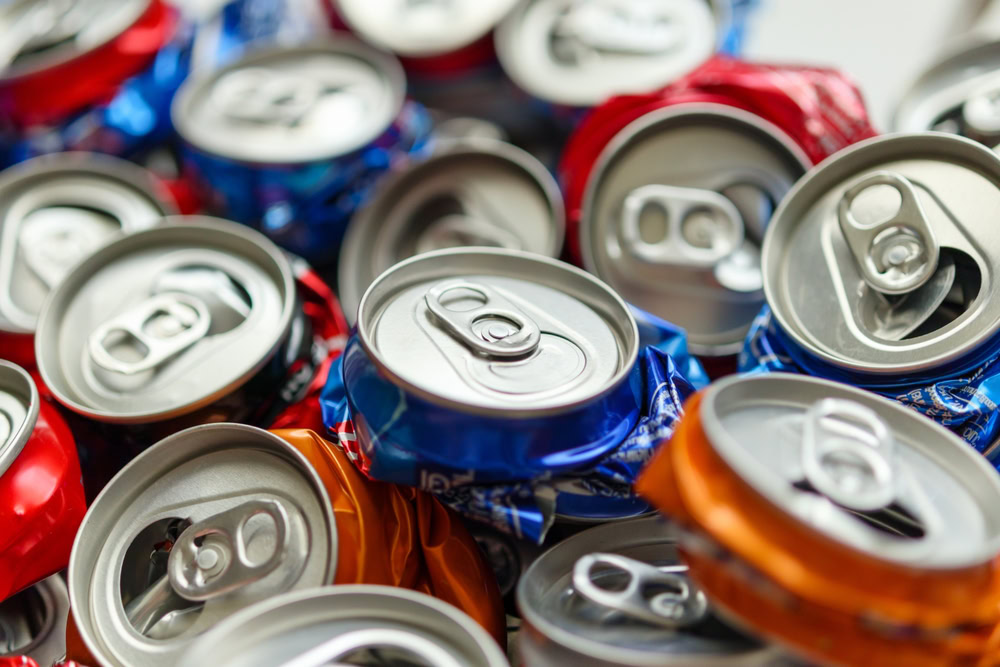
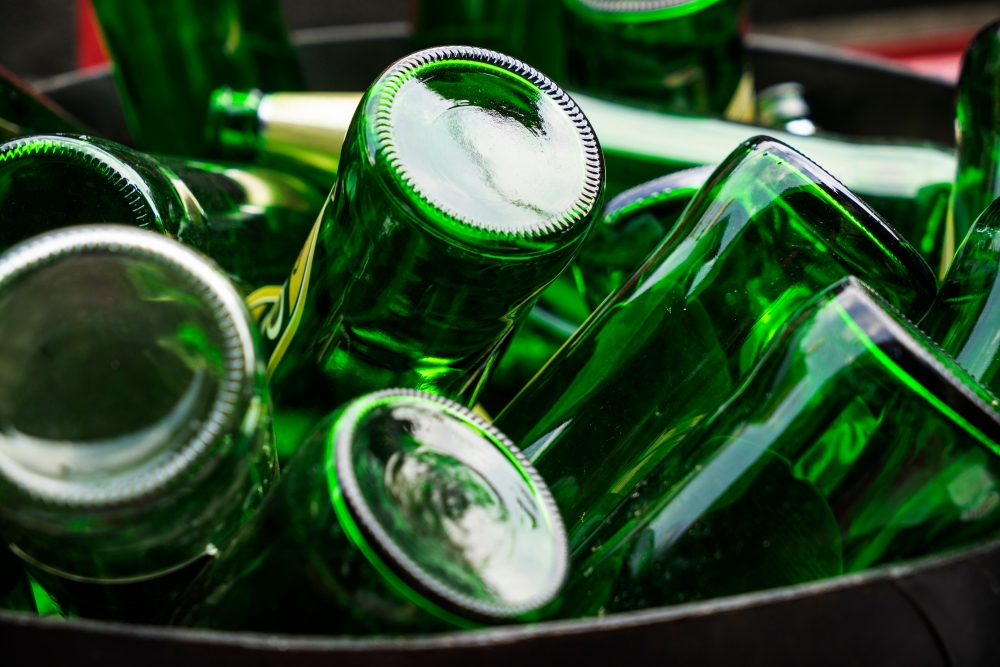

Subscribe for free